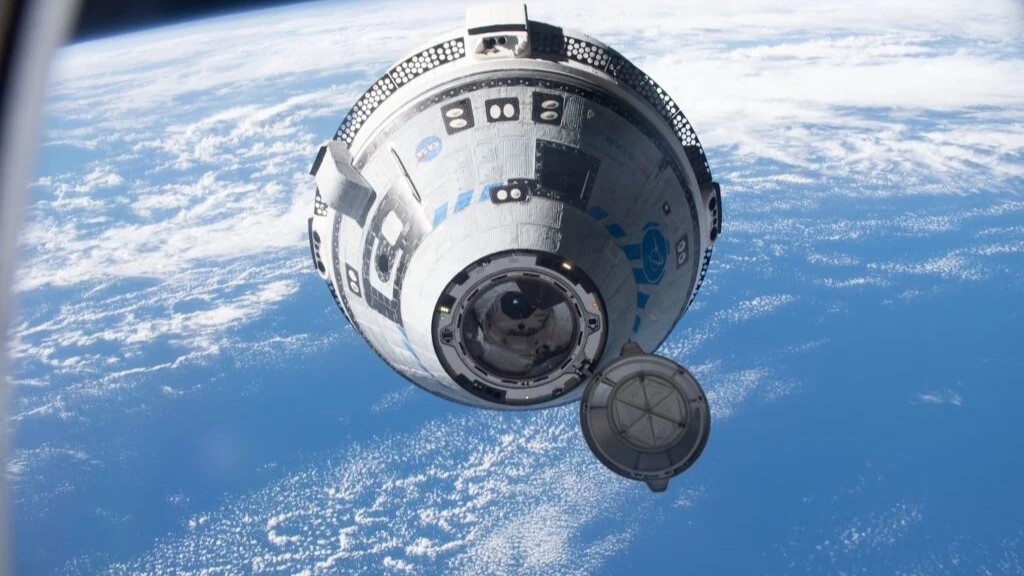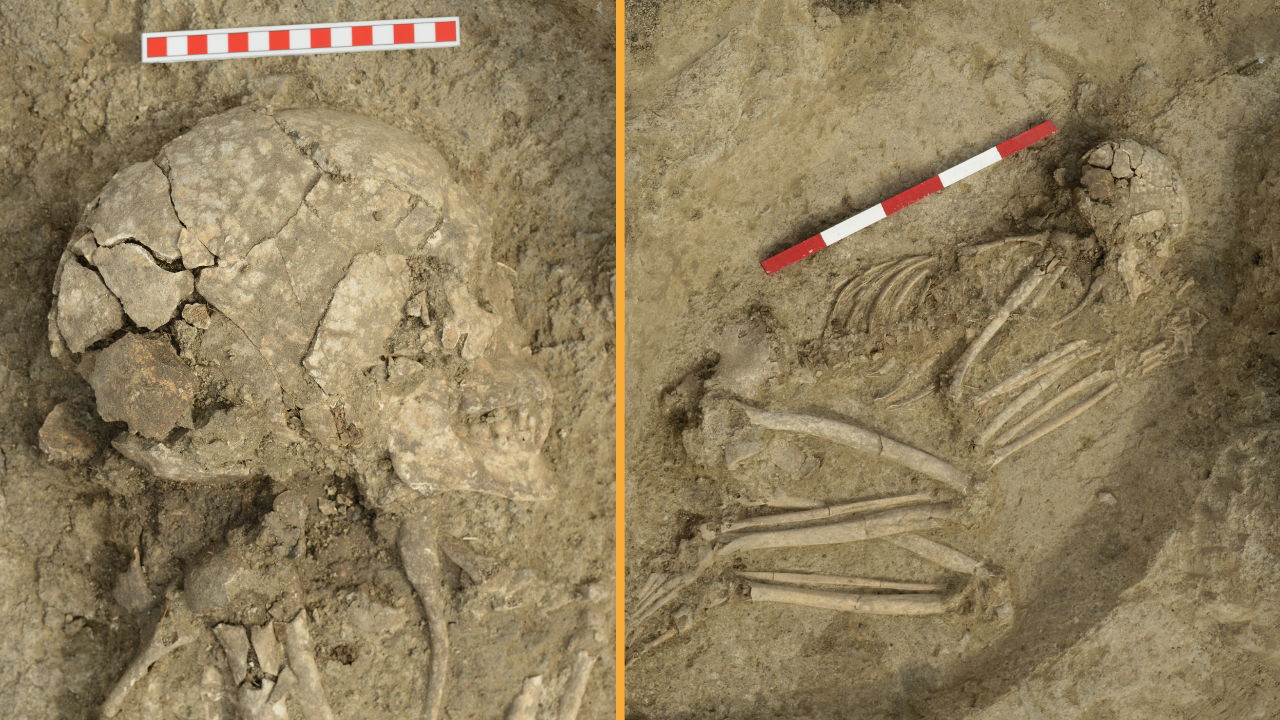Watch Live: Boeing Starliner is about to return to Earth without its crew
Boeing's Starliner spacecraft will return to Earth today after undocking from the International Space Station without its crew. A livestream of the mission begins at 5:45 p.m. ET.

NASA and Boeing will attempt to bring an empty Starliner spacecraft back to Earth tonight (Sept. 6), weeks after the craft was deemed too risky for astronauts to ride home.
The uncrewed Starliner is scheduled to detach from the International Space Station (ISS) at 6:04 p.m. EDT (2204 GMT) today for a six-hour journey that should conclude at White Sands Space Harbor in New Mexico just after midnight EDT.
NASA will livestream the undocking phase beginning at 5:45 p.m. EDT (2145 GMT) and Starliner's landing starting at 10:50 p.m. EDT (0250 GMT on Sept. 7). You can watch the livestreams on NASA's website or via the video embedded below.
The landing will conclude NASA's Boeing Crew Flight Test — the first attempt to carry astronauts into space on the Starliner capsule. However, the test flight will end without the crew that initially rode the vehicle into orbit.
Starliner lifted off from Florida's Cape Canaveral Space Force Station on June 5, carrying NASA astronauts Butch Wilmore and Sunita Williams with it. The spacecraft experienced several unexpected issues along the way, including multiple helium leaks and thruster malfunctions, before safely docking with the ISS on June 6.
Wilmore and Williams were initially expected to stay aboard the ISS for as few as eight days before riding Starliner back home, but attempts to resolve the spacecraft's issues dragged on for months. Finally, on Aug. 24, NASA announced in a news conference that it would bring Starliner home without its crew, leaving Williams and Wilmore to instead fly home on a SpaceX capsule no earlier than February 2025. The astronauts' planned eight-day trip to space will now last at least 240 days.
Get the world’s most fascinating discoveries delivered straight to your inbox.
"There was just too much uncertainty in the prediction of the thrusters," Steve Stich, the program manager for NASA's Commercial Crew Program, said at the Aug. 24 news conference. "If we had a way to accurately predict what the thrusters would do … I think we would have taken a different course of action."
While questions remain about the functionality of Starliner's thrusters, NASA will proceed with undocking and deorbiting the spacecraft as planned. After detaching from the ISS, Starliner will perform a series of engine burns to position it appropriately, before attempting to reenter Earth's atmosphere. When approved for reentry, Starliner will perform a deorbit burn, lasting roughly 60 seconds, to slow the spacecraft enough for it to drop through Earth's atmosphere and guide it toward the landing target.
On the way down, Starliner will jettison its service module and heat shields, allowing the spacecraft to deploy parachutes and inflatable landing bags. By the time it touches down in the New Mexico desert, Starliner should be moving only about 4 mph (6.4 km/h), according to NASA.
Starliner is the first U.S.-made space capsule designed to touch down on land rather than in the ocean. Although NASA has funded much of the mission, Boeing has spent about $1.6 billion to address various setbacks and technical issues along the way.
Boeing and NASA will continue to work together to assess Starliner's issues after the landing, but no further crewed flights have been planned at this time.

Brandon is the space / physics editor at Live Science. With more than 20 years of editorial experience, his writing has appeared in The Washington Post, Reader's Digest, CBS.com, the Richard Dawkins Foundation website and other outlets. He holds a bachelor's degree in creative writing from the University of Arizona, with minors in journalism and media arts. His interests include black holes, asteroids and comets, and the search for extraterrestrial life.




